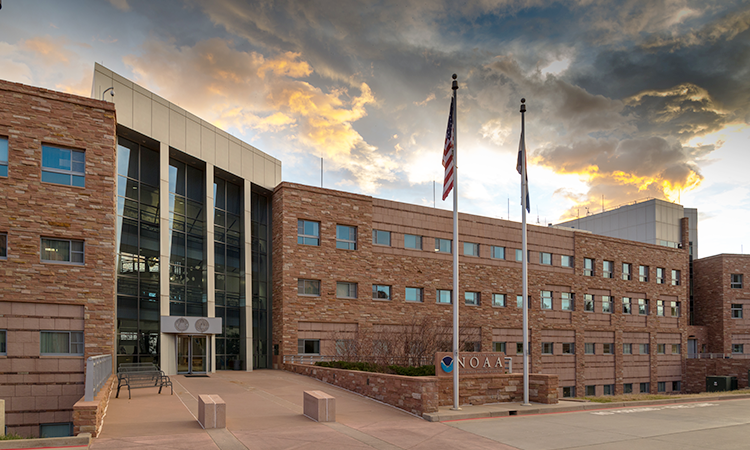Seminar
Mass Spectrometry of Airborne Nanoparticles

Murray Johnston, Chemistry and Biochemistry Department, University of Delaware
Wednesday, February 9, 2011, 3:30 pm Mountain Time
DSRC 2A305
Abstract
Nanoparticle concentrations in ambient air change quickly with time and location. In the urban environment, nanoparticles can be emitted directly from combustion sources, especially motor vehicles, or produced photochemically by gas-to-particle conversion processes. We have developed a nano aerosol mass spectrometer (NAMS) to obtain the chemical composition of individual size-selected particles in the 10-30 nm range. Composition measurements with this instrument at urban and coastal air quality monitoring sites have been used to distinguish combustion and photochemically generated particles, and to characterize human exposure to ambient nanoparticles. Some surprising conclusions of this work are 1) a significant fraction of combustion particles arise from motor vehicles that have accelerated after being stopped at a traffic light, and 2) photochemical particle formation contributes substantially to the total particle concentration even in traffic-dominated locations. The implications of the latter finding, and also laboratory experiments directed toward understanding its origin, will be discussed.
ALL Seminar attendees agree not to cite, quote, copy, or distribute material presented without the explicit written consent of the seminar presenter. Any opinions expressed in this seminar are those of the speaker alone and do not necessarily reflect the opinions of NOAA or CSL.